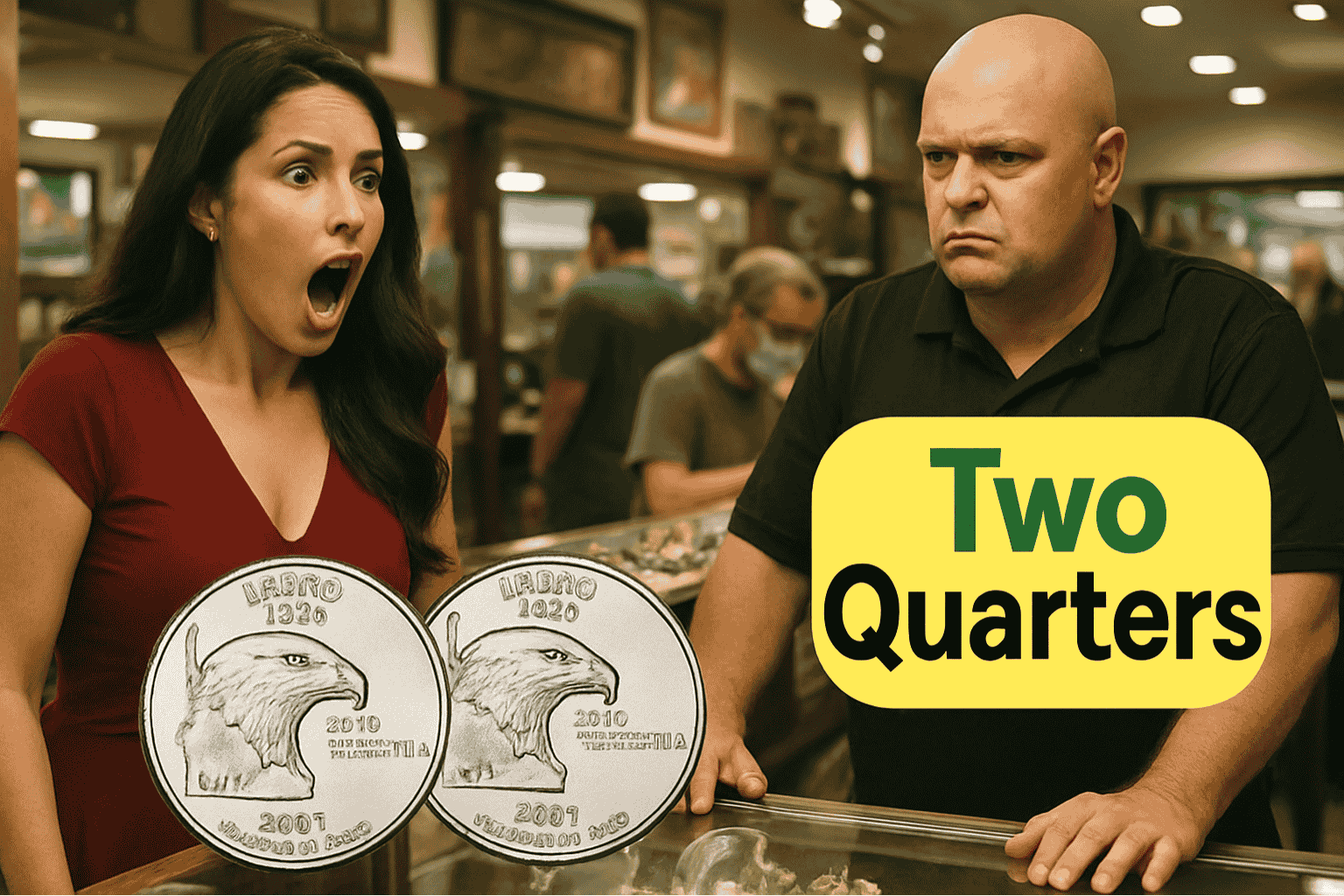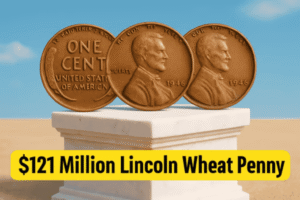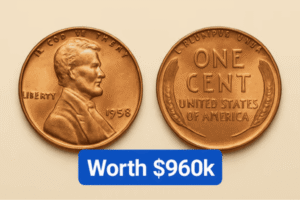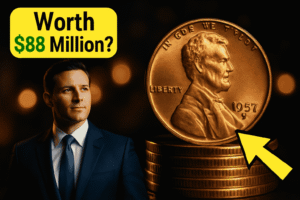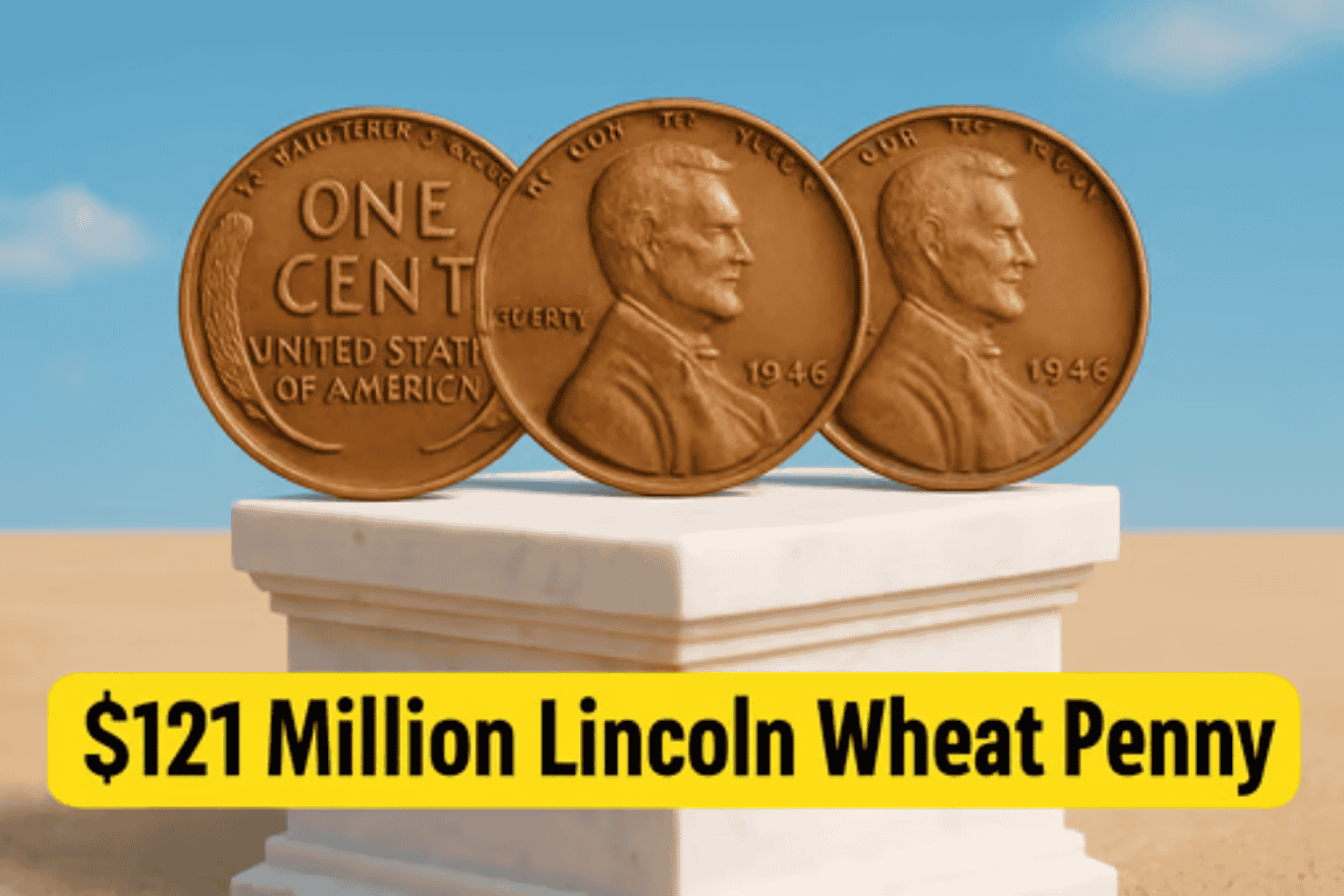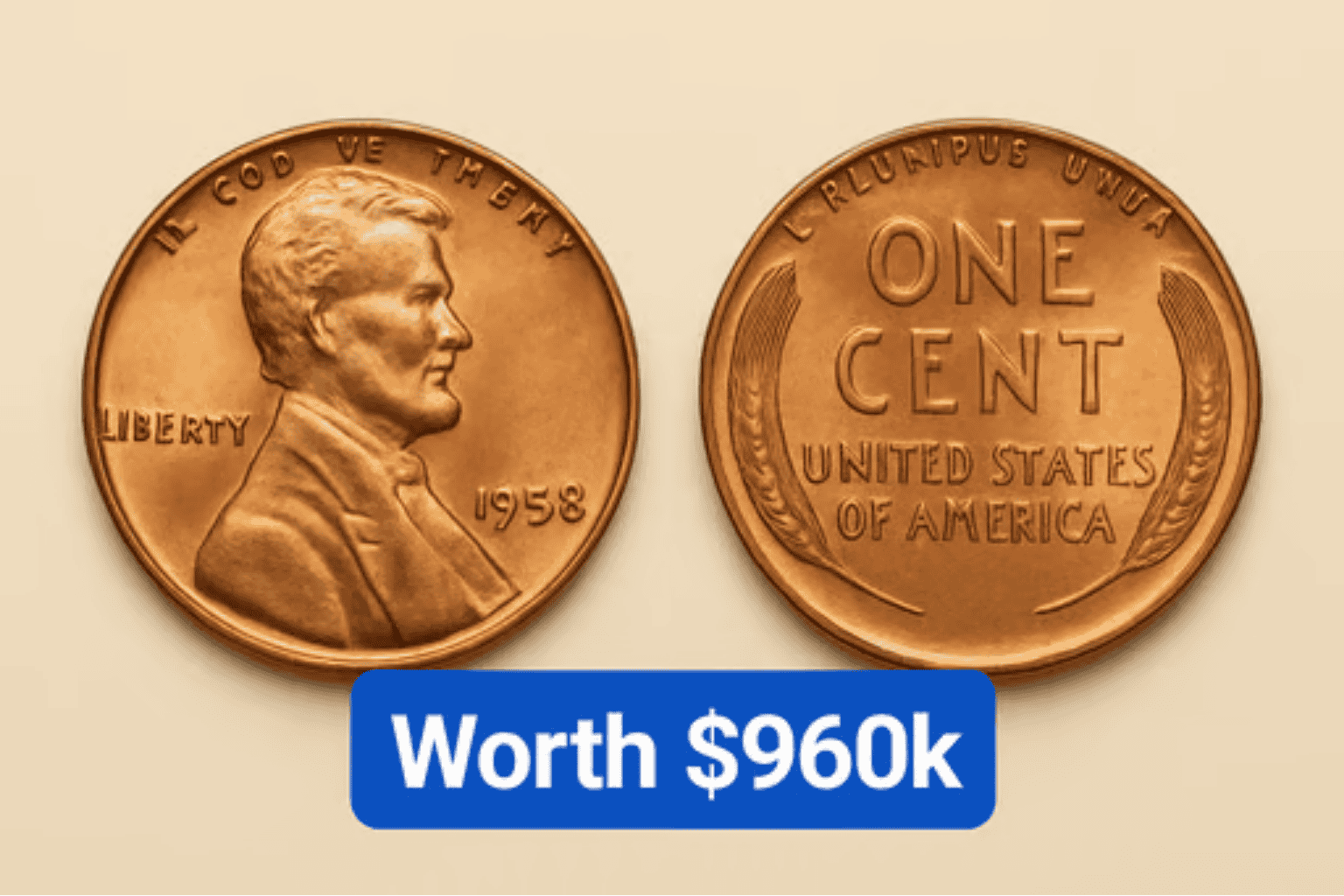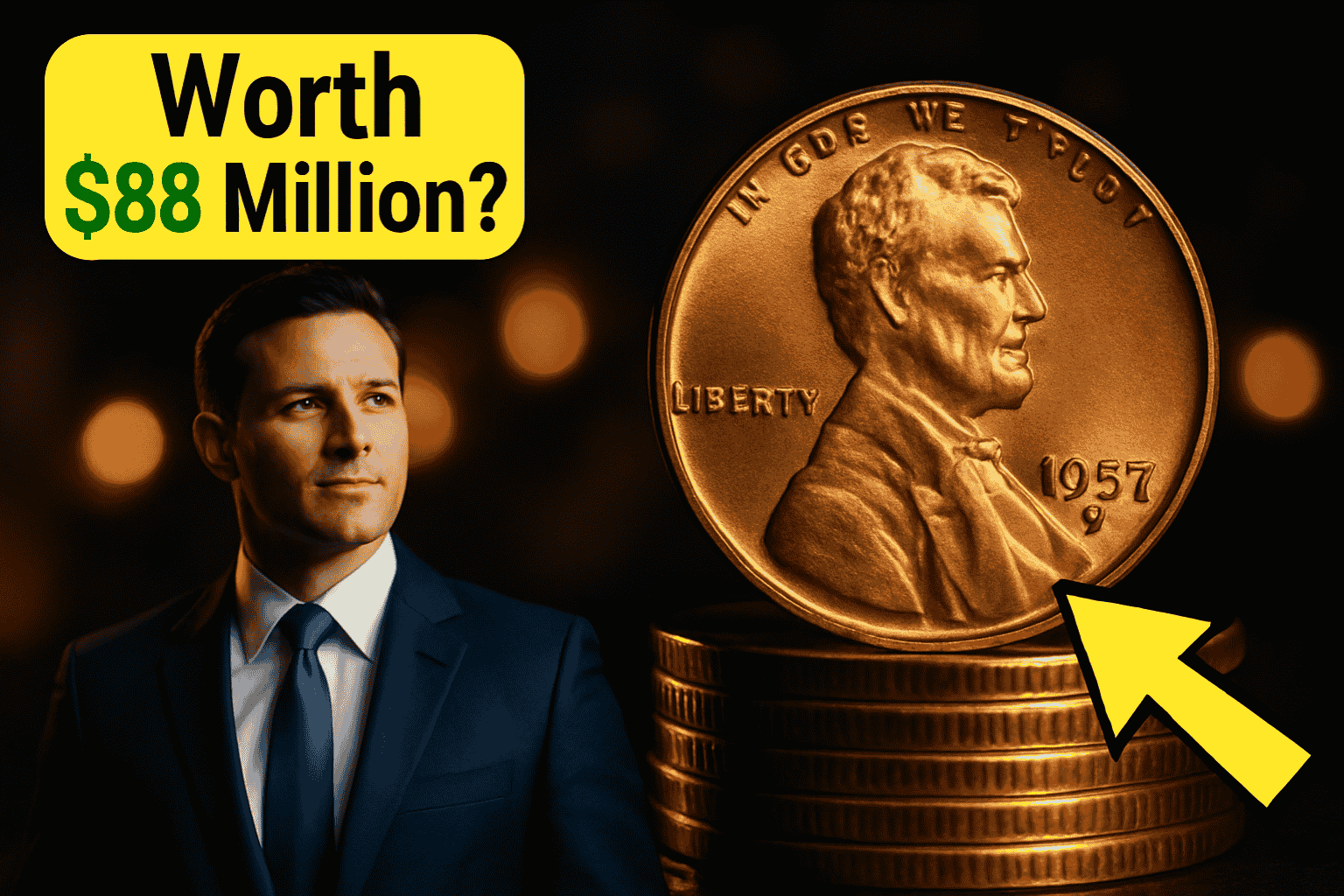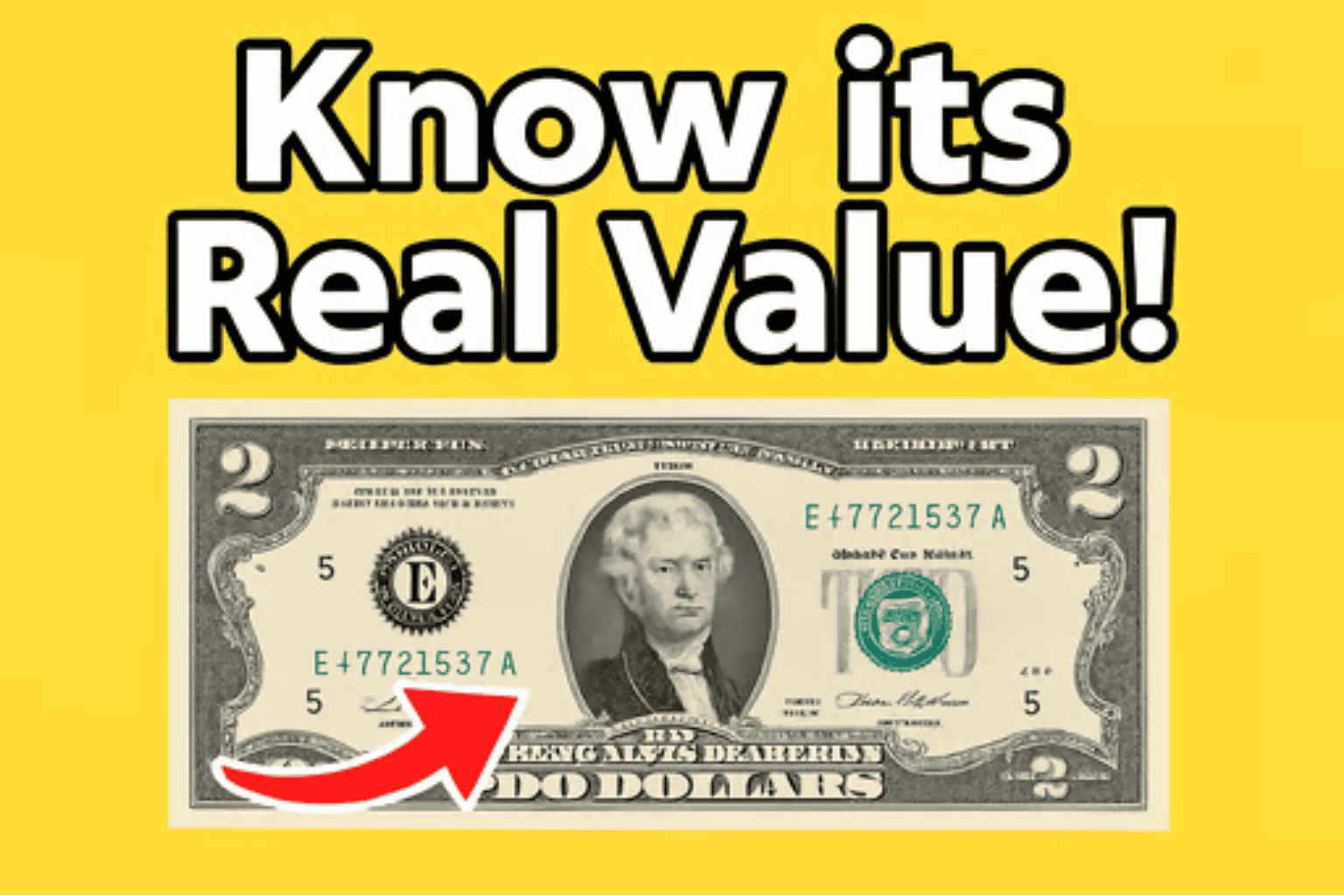Let’s get something straight: most of us treat quarters like filler. They rattle around in our cup holders, disappear into vending machines, and clink to the bottom of old mason jars. You’ve probably got a few lounging at the bottom of your backpack right now. But—and here’s the kicker—what if one of those everyday coins could bankroll your next vacation? Or at least your next month’s rent?
Two very specific quarters—yes, actual U.S. quarters—have turned regular folks into accidental treasure hunters. And we’re not talking about museum-level rarity here. These things have shown up in pocket change, in coin jars, even in rolls from the bank. Let’s break this down.
The 1932-D Quarter: Old, Scarce, and Seriously Valuable
Let’s rewind to 1932. America was knee-deep in the Great Depression. Bread lines, joblessness, real-life Grapes of Wrath stuff. During that grim era, the U.S. Mint released the first Washington quarter to mark George Washington’s 200th birthday.
Now, here’s where it gets juicy: the Denver Mint (marked with a little “D” on the coin’s reverse) only produced 436,800 of them. That’s peanuts compared to other years. And because coins back then were used hard—really hard—many of them either wore down beyond recognition or got melted down for silver during later decades.
If you find one today? You’re holding something very special.
- Worn condition: Still worth $200 to $500
- Mint state (uncirculated): Can fetch $15,000 or more
Why so much? Because it’s more than just rare. It’s a little silver slice of American history. It tells a story. A physical relic from one of the toughest times in U.S. economic memory. That emotional value? It’s part of the price.
The 2004 Wisconsin Quarter: Modern Coin, Wild Error
Fast-forward to something a bit shinier.
In 2004, the U.S. Mint released a Wisconsin quarter as part of the 50 State Quarters program. The reverse side? A big ol’ wheel of cheese and a stalk of corn. Because—well—Wisconsin.
But here’s the twist: some of those quarters have an extra leaf on the corn stalk. Sounds dumb. Isn’t. This little mistake—caused by a damaged die—created two varieties:
| Extra Leaf Variant | Current Value Range |
|---|---|
| Upward Leaf | $100–$300 |
| Downward Leaf | $50–$200 |
These were only minted in Denver (look for the “D”) and, best guess, around 5,000–6,000 of these quirky error coins slipped through. The Mint tried to pull ’em. Too late. They’re out there.
And yes, people have found them in regular change.
Wanna Be a Coin Detective? Here’s What to Look For
Don’t go grabbing every quarter like a raccoon in a garbage can. Be strategic.
- Check the date – Look for 1932, then check for the “D” mint mark.
- Inspect the corn – Got a 2004 Wisconsin quarter? Grab a magnifying glass. Look for an extra little leaf sticking out, either upward or downward.
- Use gloves – Oils from your fingers can damage coins, especially old ones.
- Lighting matters – Tilt the coin under a bright light to catch faint details.
And don’t get discouraged if your first 20 (or 200) coins are duds. It’s like panning for gold—you’re not gonna strike it rich every time. But the hunt? That’s half the fun.
Real People, Real Finds
Let’s talk stories.
- A kid in Michigan once found a 2004 extra leaf Wisconsin quarter in a handful of laundry change. Sold it on eBay for $180. Kid blew it on a used PS4. Fair trade.
- A retired couple in Arizona went through their old coin jars and found two 1932-D quarters. Total value? Over $5,000. They took a road trip down Route 66 with the cash.
- Coin roll hunters (yes, that’s a thing) have posted dozens of confirmed finds on forums like Reddit and CoinTalk. Some found errors, some found old silver, some just found the joy of the hunt.
So You Think You’ve Found One? Don’t Freak Out (Yet)
First step: don’t clean it. Never. Even if it looks gross. Cleaning can tank the coin’s value faster than you can say “Brasso.”
Then:
- Take clear photos – Front, back, mint mark, and any notable features.
- Post to a coin forum – Reddit’s r/coins is a great start. Tons of knowledgeable folks willing to help.
- Get it appraised – Find a local coin dealer or send it to a grading service like PCGS or NGC.
- Consider selling – eBay, Heritage Auctions, GreatCollections—all good options if it’s legit.
Wrap-Up: A Pocket-Sized History Lesson
What’s wild is that these coins—worth hundreds or even thousands—aren’t locked in glass cases. They’re floating around out there, passed between strangers at gas stations and grocery stores. They’re tiny, silent relics with stories stitched into their metal. And you could be holding one right now.
So the next time a cashier hands you back some change, don’t just shove it in your pocket. Flip it. Inspect it. You never know what kind of story—or hidden fortune—you might find.
FAQs
What does the “D” mean on a quarter?
It means the coin was minted in Denver, Colorado.
How can I tell if my 2004 Wisconsin quarter has the extra leaf?
Check the corn stalk on the back. There will be a small extra leaf sticking out either up or down. Use a magnifying glass.
Should I clean my coin before selling it?
Nope! Cleaning damages the surface and can dramatically reduce its value.
Are coin roll hunters actually finding valuable coins?
Yes! It takes patience, but many have found silver coins, error coins, and rare mint marks.
Where should I go if I think I have a rare coin?
Start with online forums or visit a certified coin dealer. Then consider professional grading.

